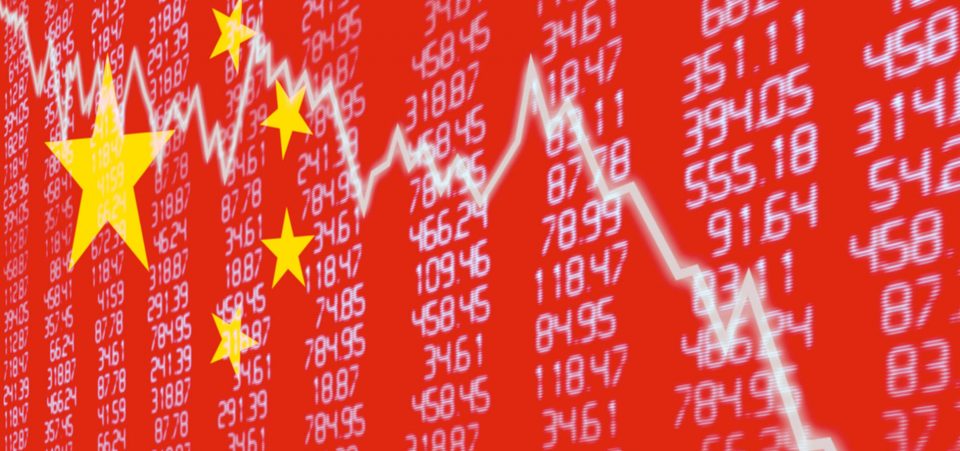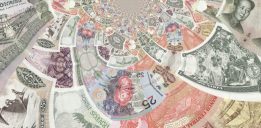China Makes Dramatic Policy Shift, Signaling Fears of Economic Collapse
In an unprecedented move that seems to signal fear of economic collapse, Beijing could allow China to slip below its threshold 6.5% gross domestic product (GDP) growth target. This is a rare recognition of the reality that China’s economy has slowed. China now wants stability. Its message implies a rare need to stave off unemployment. In fact, it’s a warning of potential Chinese economic collapse—and of a related market crash.
President Xi Jinping even announced that he prefers stability to a GDP growth rate that meets the expectations of the regime. But his hopes may be little more than an attempt to cover fears of a repeat of the 2015 market crash.
The fact that China has shifted focus from GDP growth to more “western” problems like unemployment and stability signals the advent of a slower, perhaps more mature, Chinese economic cycle. But, between the policy for no-holds-barred GDP growth and a reversal to stability, there is a risk of a market crash.
By allowing even the possibility of GDP dropping below 6.5%, China’s highest authorities are effectively issuing a warning. They fear that the Chinese economy can’t even cope with six-percent growth. In fact, the economy might fall below six percent by 2020. (Source: “President Xi Open to Growth in China Falling Below 6.5%,” Bloomberg, December 23, 2016.)
Research company China Beige Book (CBB) explains the new non-GDP focus. It says that, while investors can become obsessed with GDP figures, the Chinese government now cares most about unemployment.
The Best That China Can Demand Now Is Stability
At this point, having all but given up on growth, the best that China’s leadership can seek is stability. Xi Jinping wants to ensure that the Chinese economy and financial markets remain stable in 2017.
By 2015, the regime managed to contain a massive capital flight, while the labor market was under stress and the stock market crashed. To correct the problem, the regime did as always: inject hundreds of billions of dollars into the economy through the state banking system. However, below the surface, the risk of a market crash continued—even in 2017. (Source: “Stress Is Building in China’s Economy,” Epoch Times, December 27, 2016.)
China might survive the next few years if employment and the economy remain stable. But, that “if” adds an unprecedented variable. Until recently, many saw China as an engine of constant economic growth. But, like all good rides, it too comes to an end.
Since the Chinese market collapse of 2015, Beijing has stabilized the Chinese economy. It has used stimulus measures to stabilize the labor market. The crucial factor to remember is that Beijing cares about economic growth and market performance only insofar as they ensure social stability.
Social stability ensures political stability and the survival of the Communist regime. If the former should fall, Beijing fears a repeat of the 1989 protests in Tiananmen Square, culminating in the infamous massacre. China saw many rapid changes in the 1980s, with the growing influence of a market economy. Many gained, but many more lost.
For now, the CBB report states that hiring levels remained favorable, but other data shows undesirable results for the markets. The expectation of slower growth will put China’s economy to a test in the next few years, and especially in 2017.






